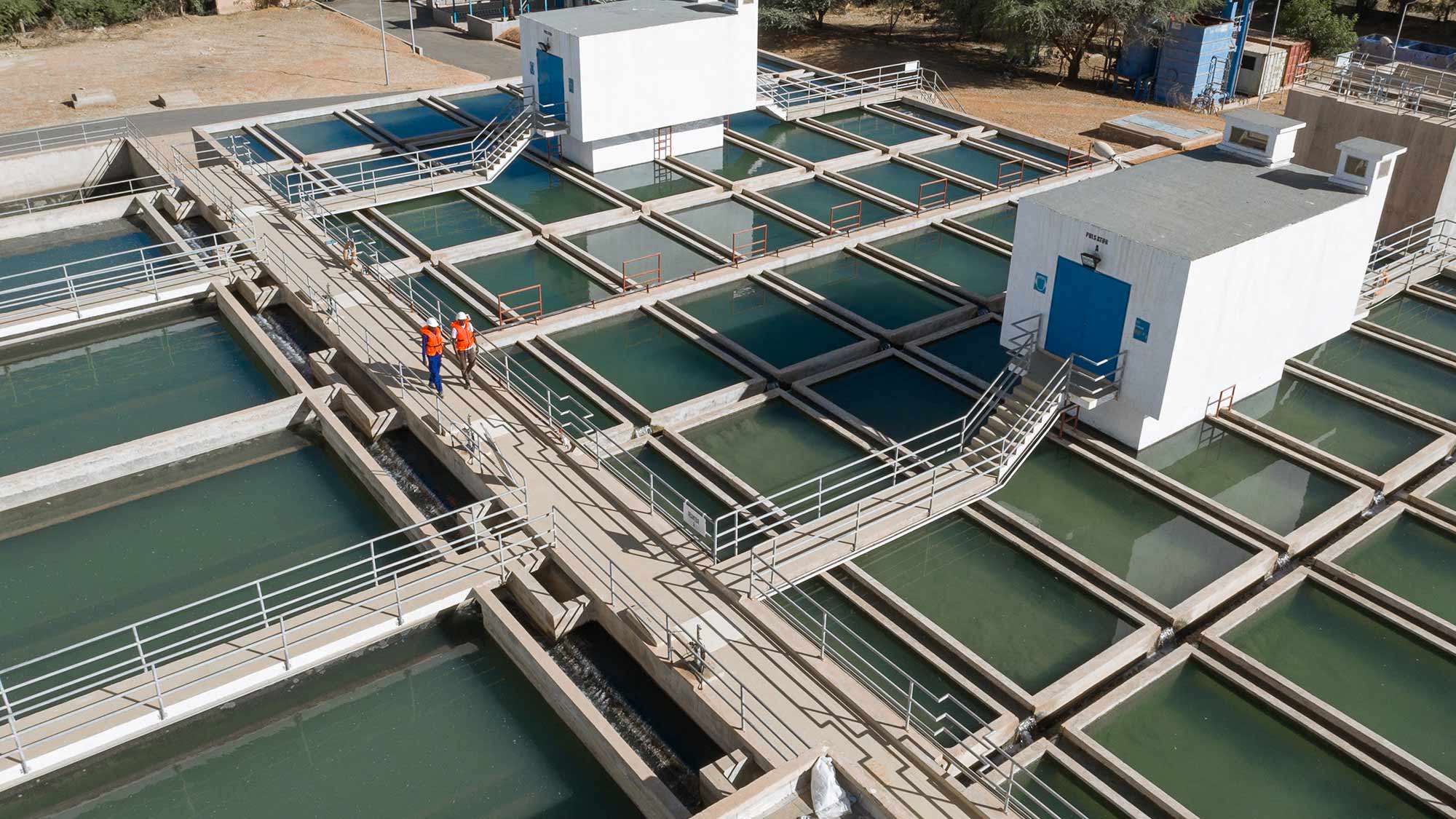Tailored water treatment polymer formulations address specific industry needs.
Tailored water treatment polymer formulations address specific industry needs.
Blog Article
Explore How Water Therapy Polymer Functions in Efficient Wastewater Treatment Solutions
The assimilation of water therapy polymers into wastewater therapy systems represents a significant development in improving operational efficiency. These polymers work mostly via devices of coagulation and flocculation, properly accumulating put on hold fragments for less complicated elimination. Their adaptability throughout differing environmental conditions adds to boosted sedimentation and lowered sludge volume. Comprehending the certain kinds of polymers and their applications can disclose much deeper insights right into maximizing therapy processes. What implications do these advancements hold for future wastewater monitoring methods?
Overview of Water Therapy Polymers
The efficiency of wastewater management rests on the application of numerous therapy representatives, among which water therapy polymers play a crucial role. These artificial or natural polymers are made to enhance the efficiency of physical and chemical procedures in wastewater treatment systems. Their main function is to help with the gathering of put on hold particles, eventually enhancing the general quality of treated water.
Water treatment polymers can be identified right into a number of classifications, consisting of flocculants, coagulants, and dispersants. Flocculants, for circumstances, promote the formation of larger accumulations, or flocs, by bridging smaller sized fragments with each other. Coagulants reduce the effects of the charges of suspended particles, allowing them to come with each other and work out extra effectively. Dispersants, on the other hand, are utilized to maintain bits in suspension, preventing them from agglomerating.
The application of these polymers not just enhances the elimination of impurities however likewise enhances the operational performance of treatment plants. Additionally, the selection of suitable water therapy polymers is critical, as their performance can differ based upon elements such as water chemistry, temperature level, and turbidity degrees. Overall, water treatment polymers are vital parts in contemporary wastewater monitoring methods, contributing to cleaner water and sustainable ecological methods.
Mechanisms of Coagulation and Flocculation
Coagulation and flocculation are essential procedures in wastewater therapy that personify the principles of fragment interaction and gathering. These devices are important for eliminating put on hold solids, colloids, and various other contaminants from water. Coagulation includes the destabilization of suspended bits, generally achieved with the enhancement of coagulants such as steel salts. These coagulants counteract the electrostatic fees that keep bits apart, promoting preliminary aggregation.
Complying with coagulation, flocculation happens, identified by the mild blending of water to motivate the development of larger aggregates, or flocs. Throughout this phase, polymers play a substantial function by bridging in between particles, improving the development of these larger accumulations. The physical and chemical interactions throughout flocculation result in an increased dimension and density of the particles, facilitating their succeeding elimination with sedimentation or filtering.
The effectiveness of coagulation and flocculation processes is affected by different aspects, consisting of pH, temperature level, and the nature of the contaminants existing. Understanding these systems permits the optimization of wastewater treatment systems, causing boosted removal performances and total water top quality. As a result, the cautious option and application of coagulants and flocculants are crucial for successful wastewater management.
Kinds of Water Treatment Polymers
Often used in wastewater treatment, water therapy polymers are crucial for improving the effectiveness of coagulation and flocculation processes. These polymers can be generally categorized into three major kinds: anionic, cationic, and non-ionic.
Anionic polymers, which carry a negative fee, are specifically reliable in treating wastewater with favorably billed contaminants. On the other hand, cationic polymers possess a favorable fee and are typically utilized in applications where negatively charged particles control, such as in particular commercial effluents.
Non-ionic polymers, doing not have a fee, act as flexible agents that can boost the efficiency of both anionic and cationic polymers. Their main duty website link entails raising the thickness of the wastewater, thus enhancing the overall retention time of the flocs in the treatment system.
Recognizing the unique features of these types of water treatment polymers permits the optimization of wastewater treatment procedures, inevitably bring about enhanced elimination efficiencies and better water high quality.
Applications in Wastewater Treatment

In local wastewater therapy plants, water therapy polymers aid reduce the volume of sludge created during the therapy procedure. water treatment polymer. This reduction not only enhances operational effectiveness yet also reduces disposal expenses connected with sludge management. Furthermore, polymers are crucial in dealing with commercial effluents, where they help in the elimination of certain impurities such as hefty steels and natural contaminants, making certain conformity with ecological regulations

Additionally, water treatment polymers are utilized in the enhancement of biofiltration systems, where they improve microbial task and general therapy efficiency. Their role in membrane layer procedures, such as reverse osmosis, also can not be forgotten, as they contribute to membrane fouling control and extend the life expectancy of filtration systems. Through these diverse applications, water therapy polymers are crucial for achieving effective and sustainable wastewater administration.

Benefits of Using Polymers
The usage of water therapy polymers in wastewater systems supplies various benefits that dramatically improve therapy effectiveness and total operational efficiency. Firstly, these polymers function as effective coagulants and flocculants, advertising the gathering of put on hold solids and facilitating their elimination. This process results in clearer effluent and reduces the concern on downstream treatment phases.
Furthermore, polymers enhance the dewatering process by boosting the sedimentation characteristics of sludge. This causes minimized volume and weight of waste material, ultimately reducing disposal expenses. Their capability to function throughout differing pH degrees and temperatures makes sure convenience in various wastewater environments.
Polymers likewise add to the stablizing of biological processes by providing nutrients and maintaining ideal conditions for microbial growth - water treatment polymer. This strengthened microbial task help in the malfunction of check it out raw material, improving general treatment effectiveness
In addition, making use of polymers can cause lowered chemical use, minimizing functional costs and ecological influence. By optimizing the therapy process and boosting sludge administration, water treatment polymers play an important function in advertising sustainable wastewater monitoring methods, aligning with regulatory standards and ecological objectives.
Verdict
In verdict, water treatment polymers are essential for boosting the effectiveness of wastewater treatment systems. Their ability to help with coagulation and flocculation processes leads to enhanced sedimentation and lowered sludge volume, therefore optimizing treatment efficiency.
Report this page